What happens when you open the floodgates of the wonderworld and let the ocean onto campus?
Something like Silent Beaches, Untold Stories, Elizabeth Albert’s great show at the Geoffrey Yeh Art Gallery on the St. John’s Campus in Queens until November 9.
I’ve walked through the show twice so far, once with the curator, but I feel I’ve only dipped my toes into its expansive waters. At the bottom sits the rich historical stew of maritime New York. Exploring a series of New York’s forgotten, marginalized, or polluted waterfronts, from Dead Horse Bay to Newtown Creek to Hart’s Island, which still serves as the city’s potter’s field for the burial of unclaimed bodies, the show returns forgotten spaces to our eyes. Drawing on photographs from the Library of Congress, the Museum of the City of New York, the New York Public Library, and other sources, the items on display unveil a dissonant watery history that mingles industrial expansion with sailing ships, steel bridges with wooden boats. I kept looking for a picture of Ishmael at Battery Park, looking south, thinking about whales, facing away from skyscrapers.
These watery histories are poignant and powerful, but surfacing these pasts isn’t the only center of Silent Beaches. The historical materials are entangled with the work of contemporary artists who are exploring maritime New York. The materials include drawings by George Boorujy, a pair of stunning large-scale wood-block prints by Marie Lorenz as well as video from Lorenz’s Tide and Current Taxi project, which has been exploring the city’s waterways since 2005, a looping documentary film by citizen advocate and filmmaker Melinda Hunt, images of Mary Mattingly’s Waterpod project, and more. Moving through the gallery’s striking historical images, including a documentary film of New York’s riverside made by Thomas Edison to the playful and experimental work of twenty-first century artists provides an appropriately marine shock, as if the sands were shifting under our feet.
Art encrusted with local maritime history pushes all my buttons, but two more elements of Silent Beaches keep running through my head as I continue to think about the show.
The first, which I didn’t quite notice until the curator pointed it out to me last Thursday, is an audio piece, playing from a speaker in the far corner of the gallery. The tinkling, flowing sound was recorded at Dead Horse Beach at low tide, as the gentle surf washied back and forth over the accumulation of trash. The debris at Dead Horse comes from a landfill that’s long-since been capped, so the objects that remain on the beach are those that decompose slowly: glass, ceramics, some plastics. The music of ocean on glass, it turns out, is gorgeous, subtle, strangely soothing.
My favorite place of all in the exhibition, however, may be a glass case full of objects rescued from assorted New York beaches, many of which come from personal collections or recent scavenging trips. An old life-guard whistle from Staten Island. A couple of guns. The bones of dead horses. Heartbreakingly, a doll’s leg, the mate to which — but not the body — was found a little way down the beach.
So far, I’ve spent more time looking at this leg than any other single object in this great show. I like to look at it, think about it, savor its soft tones and the sheen that ocean water has given to its long-submerged plastic. I like to imagine its serpentine voyage from child’s toy to art installation. I’ll read a poem about the leg’s journey at the Underwater New York poetry reading at the gallery on October 29. A human-and-inhuman limb, returned from the sea, testifying without words.
Try to get to St John’s before November 9!
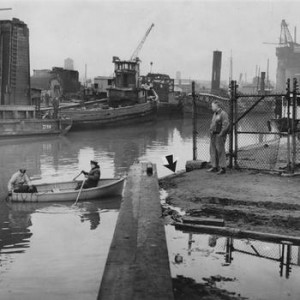
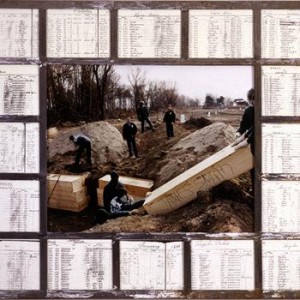
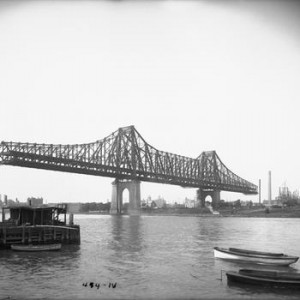

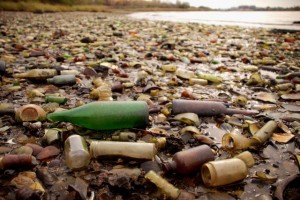
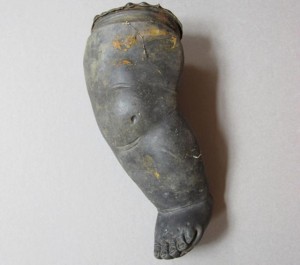
Its a very nice topic and good information shared by you. Thanks a lot for sharing this with us.